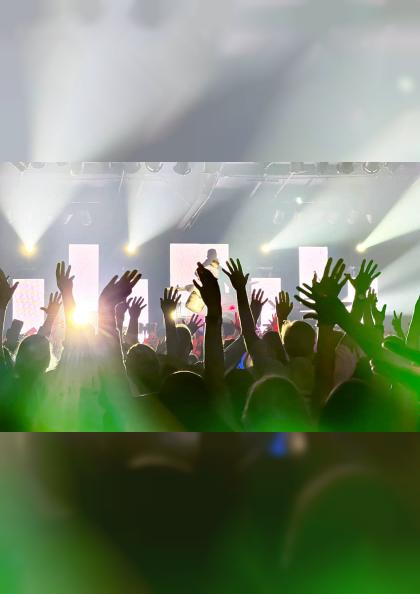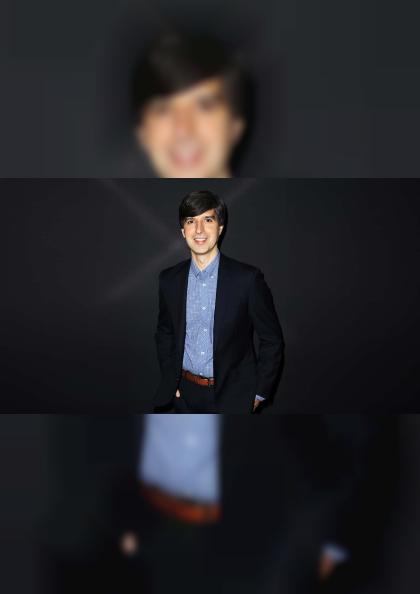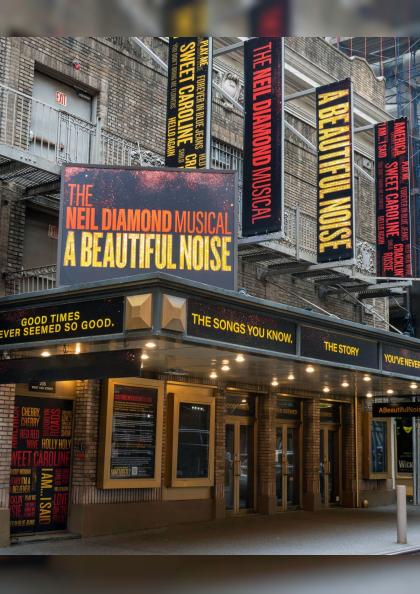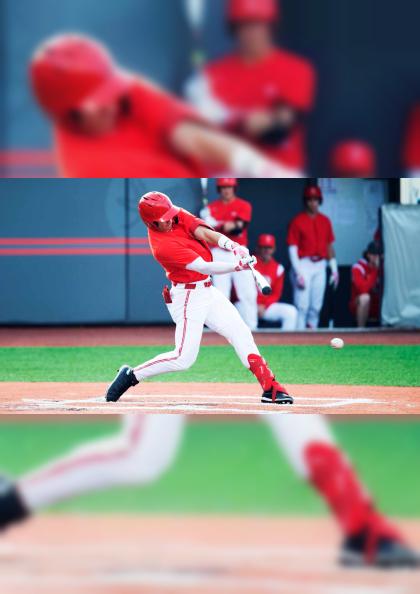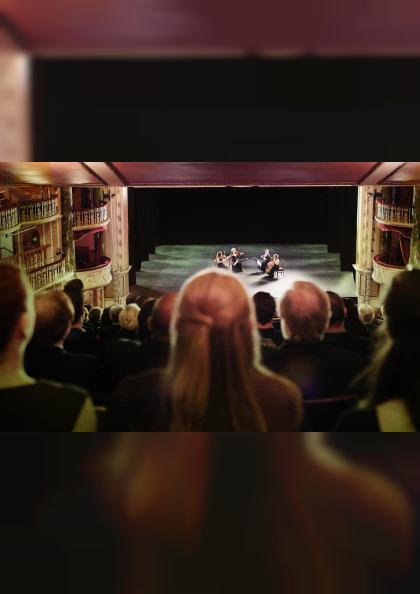The Renaissance: Rebirth of Classical Art and Culture
The Renaissance was a period of cultural, artistic, and intellectual rebirth that spanned roughly from the 14th to the 17th century. It marked the end of the Middle Ages and ushered in a new era in which classical art, philosophy, and scientific inquiry were revived and celebrated. The Renaissance was a time of immense creativity, innovation, and discovery, leading to some of the most influential works of art and thought in Western history. In this article, we explore the key aspects of the Renaissance, its impact on culture, and how it shaped the world as we know it today.
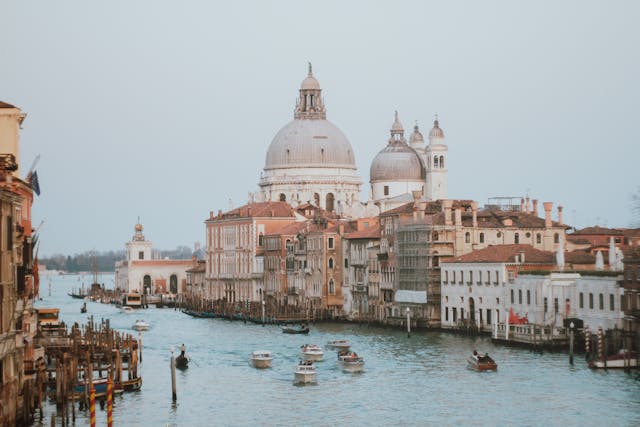
The Beginnings of the Renaissance
The Renaissance began in Italy, particularly in cities like Florence, Venice, and Rome, and then spread across Europe. It was driven by a renewed interest in the classical civilizations of Greece and Rome, which had been largely forgotten during the Middle Ages. This period is often referred to as the "rebirth" because people rediscovered ancient texts, philosophies, and artistic techniques that had been lost or ignored for centuries.
Key Factors that Triggered the Renaissance
-
The Fall of Constantinople (1453): When the Byzantine Empire fell, many Greek scholars fled to Italy, bringing with them important ancient manuscripts and knowledge of classical Greek and Roman culture.
-
The Printing Press: Invented by Johannes Gutenberg in the 15th century, the printing press allowed for the mass production of books, making literature, art, and science more accessible to a wider audience.
-
Economic Growth: The wealth generated by trade and banking in cities like Florence allowed for the patronage of artists, architects, and scholars.
-
Humanism: Humanism was a central intellectual movement of the Renaissance, focusing on the value of human experience, education, and the potential for individual achievement.
The Impact of Renaissance Art
One of the most enduring legacies of the Renaissance is its incredible art. During this period, artists broke away from the medieval style of religious iconography and began to explore humanism and realism in their works. They focused on human emotions, perspective, and the natural world.
Key Artistic Developments
-
Use of Perspective: Artists like Leonardo da Vinci and Raphael developed techniques of perspective that made their paintings appear three-dimensional. This added depth and realism to their works.
-
Realism: Renaissance artists painted the human figure with much greater accuracy and attention to detail, reflecting the ideals of humanism.
-
Famous Artists:
-
Leonardo da Vinci: Known for masterpieces like The Last Supper and Mona Lisa, Leonardo was a true Renaissance man, excelling in both art and science.
-
Michelangelo: His work on the ceiling of the Sistine Chapel and his sculpture of David are iconic examples of Renaissance art.
-
Raphael: Famous for his serene and harmonious paintings, such as The School of Athens, Raphael became one of the most revered painters of the period.
-
Donatello: A master of sculpture, Donatello created lifelike statues like David, which celebrated human form and beauty.
Renaissance Architecture
Renaissance architecture was characterized by a return to the classical orders of Greek and Roman design. Buildings were designed with an emphasis on symmetry, proportion, and harmony. This period also saw the development of new architectural innovations, including domes and arches that transformed the skyline of cities across Europe.
Key Architectural Figures
-
Filippo Brunelleschi: Known for designing the dome of the Florence Cathedral, Brunelleschi was a pioneer of Renaissance architecture. His use of perspective and engineering skills were groundbreaking at the time.
-
Leon Battista Alberti: Alberti was a humanist scholar who also made significant contributions to architecture. He wrote influential treatises on design and was responsible for several important buildings in Italy.
-
Michelangelo: Beyond his sculptures and paintings, Michelangelo also contributed to architecture, notably with his work on St. Peter’s Basilica in Vatican City.
Renaissance Science and Innovation
The Renaissance was not only a time of artistic achievement but also a period of significant scientific progress. Many of the intellectual advances of the time were driven by the idea of humanism, which emphasized the importance of observation, experimentation, and critical thinking.
Key Scientific Achievements
-
Nicolaus Copernicus: Copernicus revolutionized our understanding of the universe with his heliocentric theory, which stated that the Earth and other planets revolve around the Sun.
-
Galileo Galilei: Known as the "father of modern science," Galileo made significant improvements to the telescope and supported Copernicus's theory, challenging long-held beliefs.
-
Leonardo da Vinci: As an inventor and scientist, da Vinci sketched ideas for flying machines, underwater devices, and machines for warfare, blending art with science in innovative ways.
-
Andreas Vesalius: A pioneering anatomist, Vesalius conducted detailed dissections of the human body, advancing the study of human anatomy.
The Renaissance and Humanism
At the heart of the Renaissance was humanism, an intellectual movement that sought to revive classical knowledge and emphasize the potential of human achievement. Humanists believed in the power of education and learning to improve individuals and society. They valued the study of classical texts and placed a strong emphasis on the arts, literature, and philosophy.
Key Humanist Thinkers
-
Petrarch: Often called the "father of humanism," Petrarch was a scholar and poet who rediscovered many ancient Roman texts.
-
Erasmus: A Dutch humanist, Erasmus wrote extensively on education, philosophy, and religion, advocating for reform within the Catholic Church.
-
Thomas More: Known for his work Utopia, More explored ideas of ideal societies and social justice.
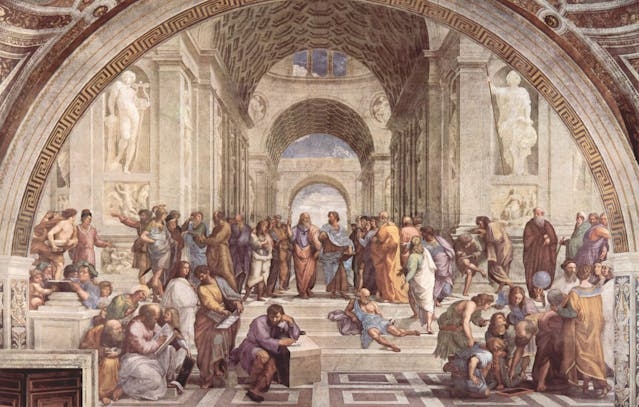
The Legacy of the Renaissance
The Renaissance was a transformative period that laid the foundation for the modern world. Its influence can be seen in the arts, science, literature, and philosophy, and it continues to shape our culture today. Many of the principles of the Renaissance—such as the emphasis on individualism, the value of education, and the pursuit of knowledge—remain central to Western thought.
Key Takeaways
-
The Renaissance revived classical art and culture, leading to innovations in painting, sculpture, architecture, and science.
-
Humanism, which emphasized human potential and learning, was at the core of Renaissance thought.
-
The Renaissance laid the groundwork for the Age of Exploration, the Enlightenment, and the scientific revolution.
Conclusion
The Renaissance was a pivotal moment in history that brought about a cultural rebirth. Its impact on art, science, philosophy, and education continues to resonate today, influencing everything from modern art to scientific thought. By rediscovering the achievements of ancient Greece and Rome, the people of the Renaissance sparked a period of creativity and innovation that shaped the world we live in now.



